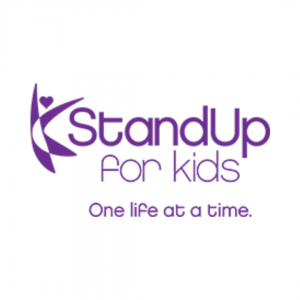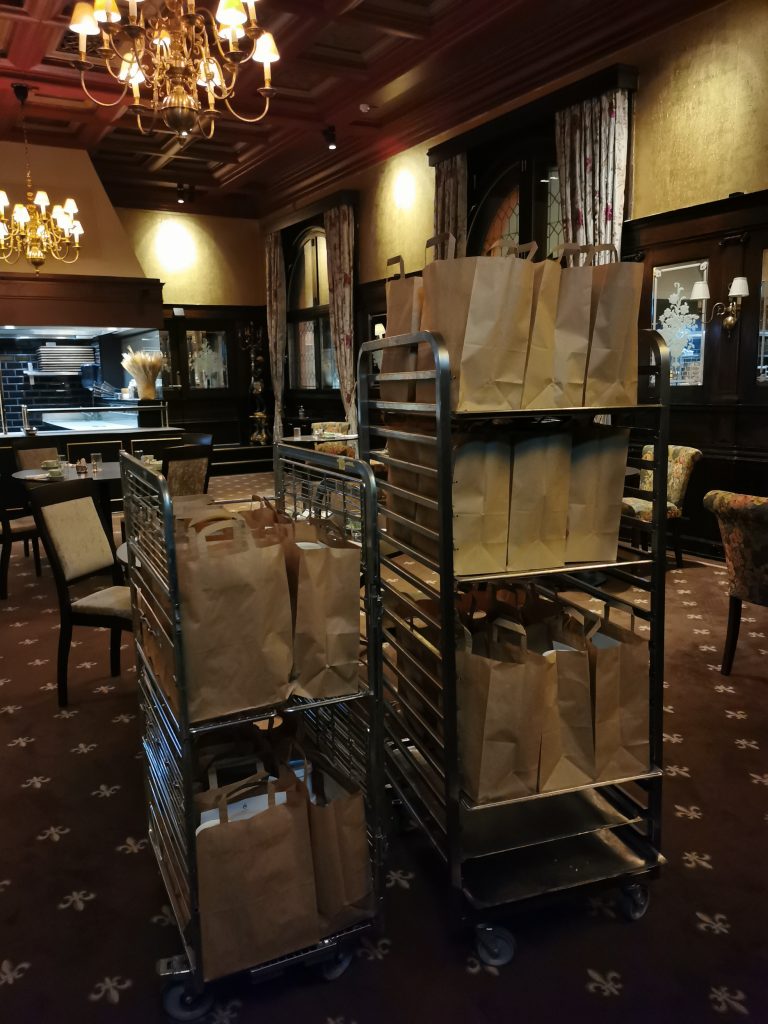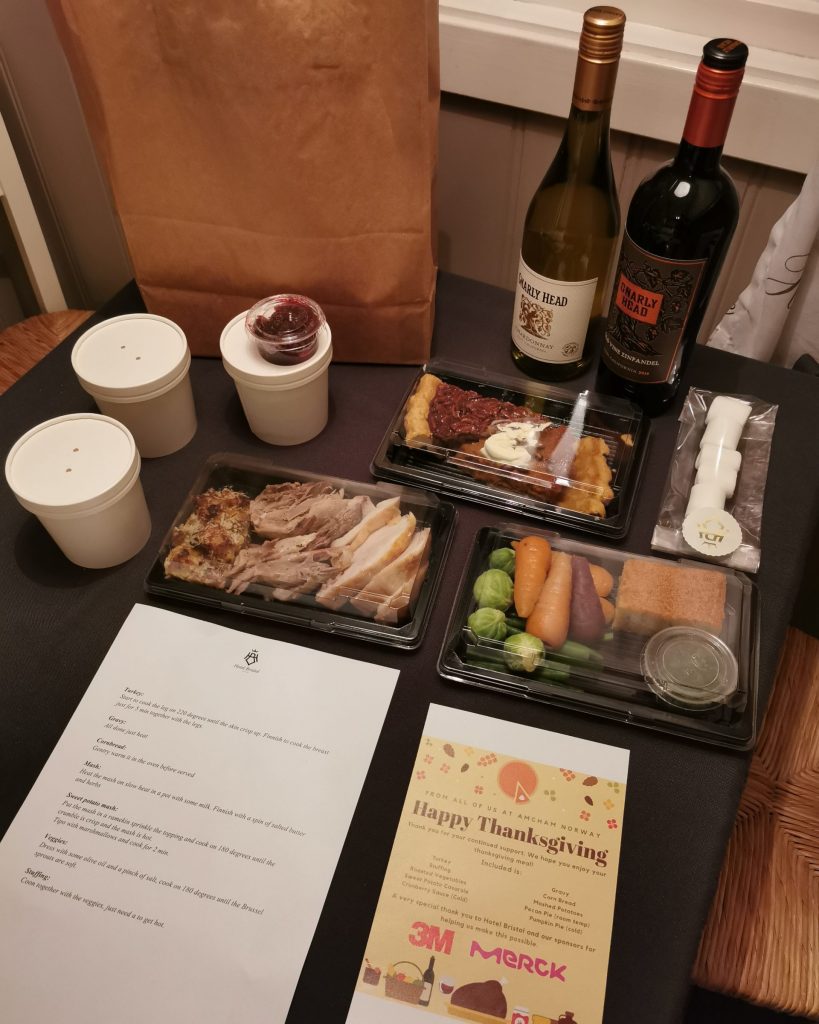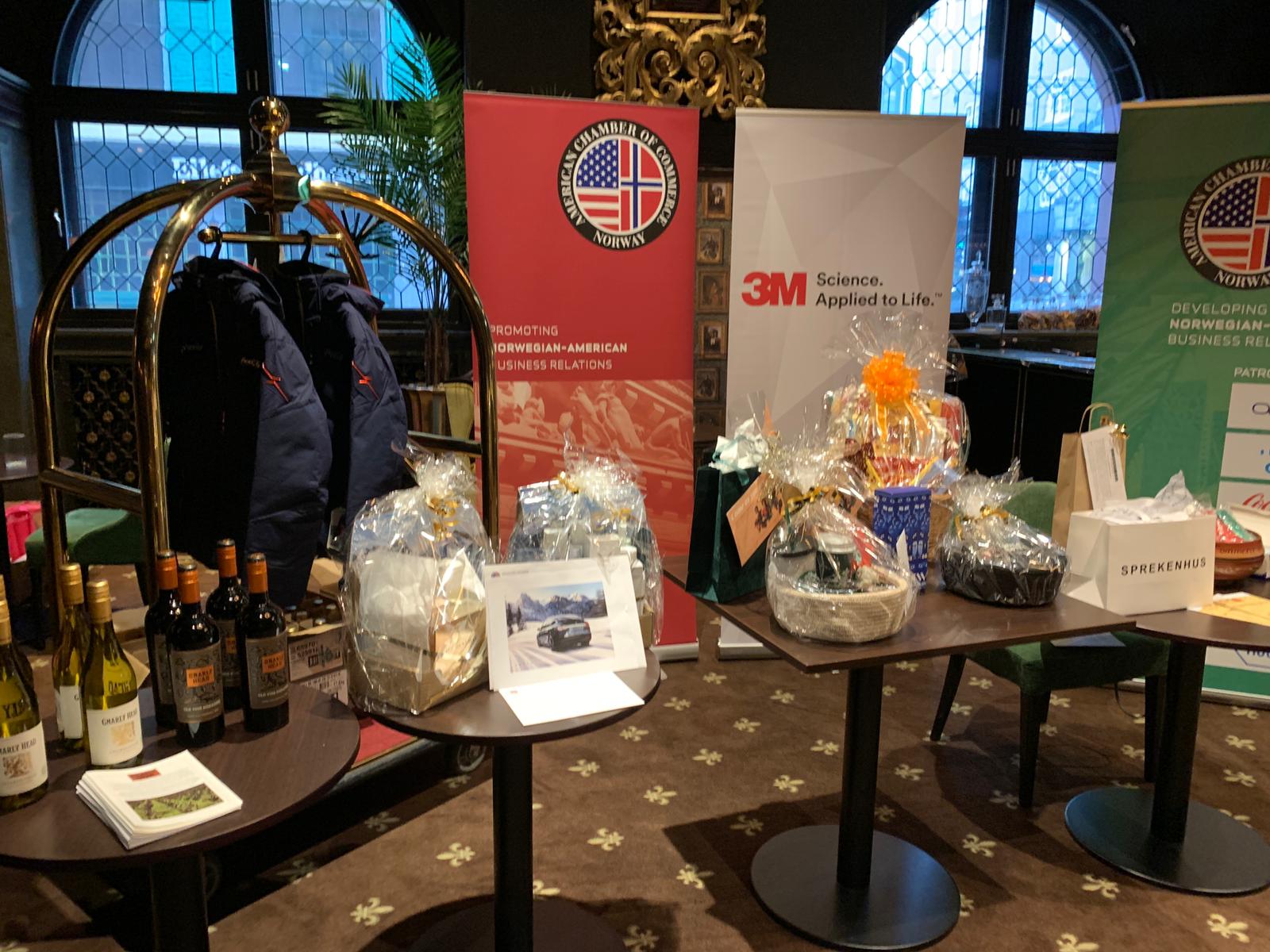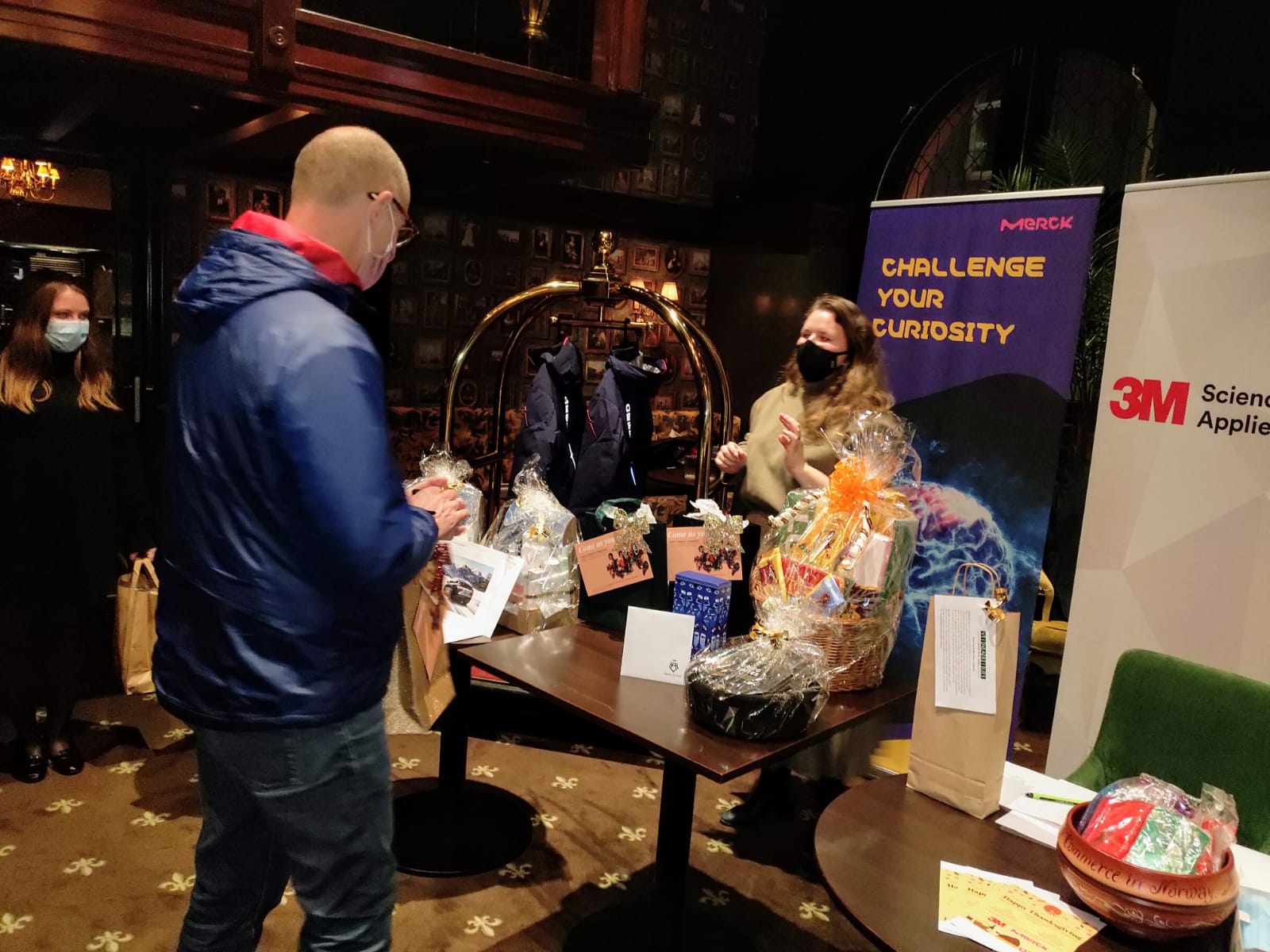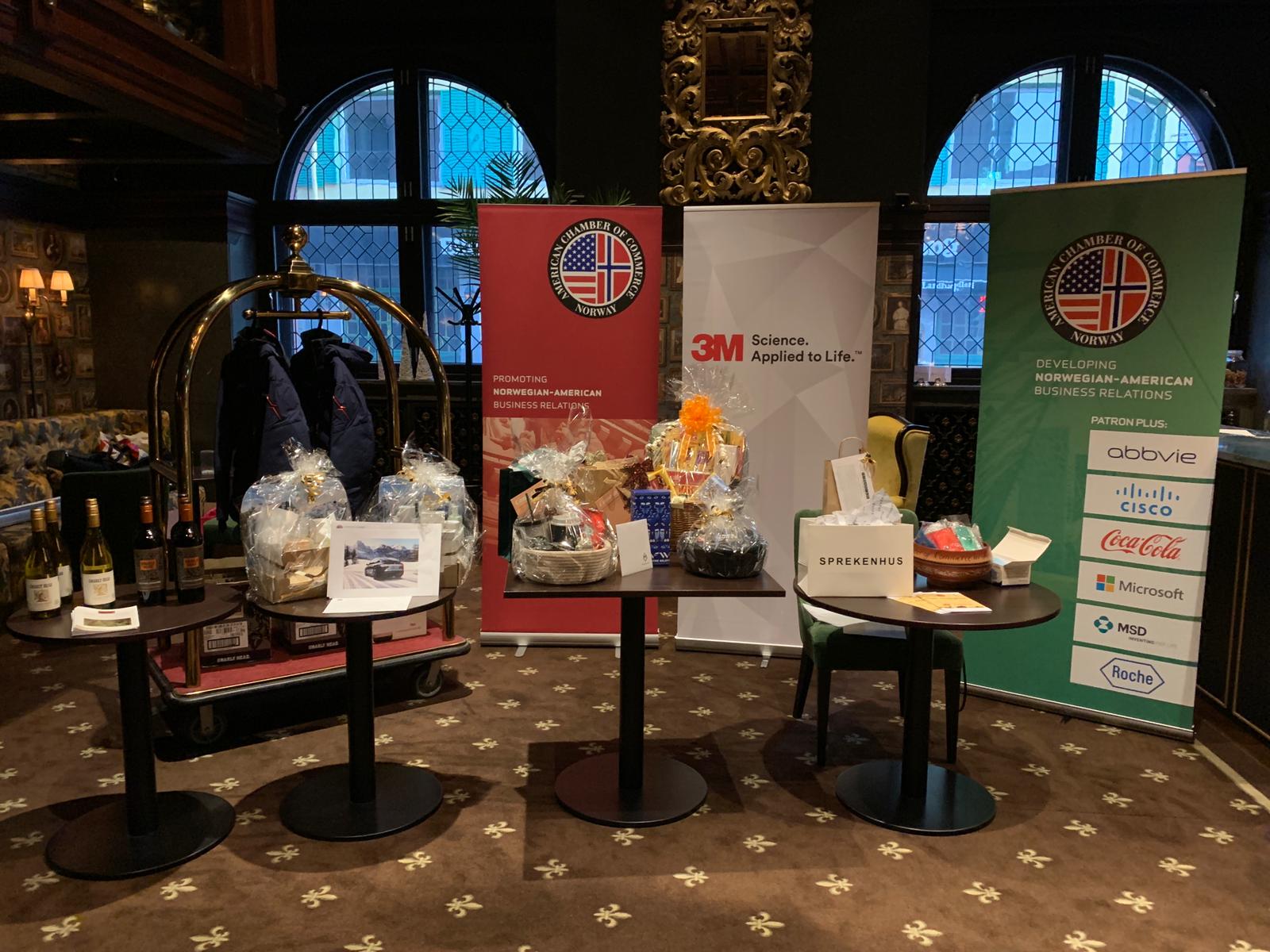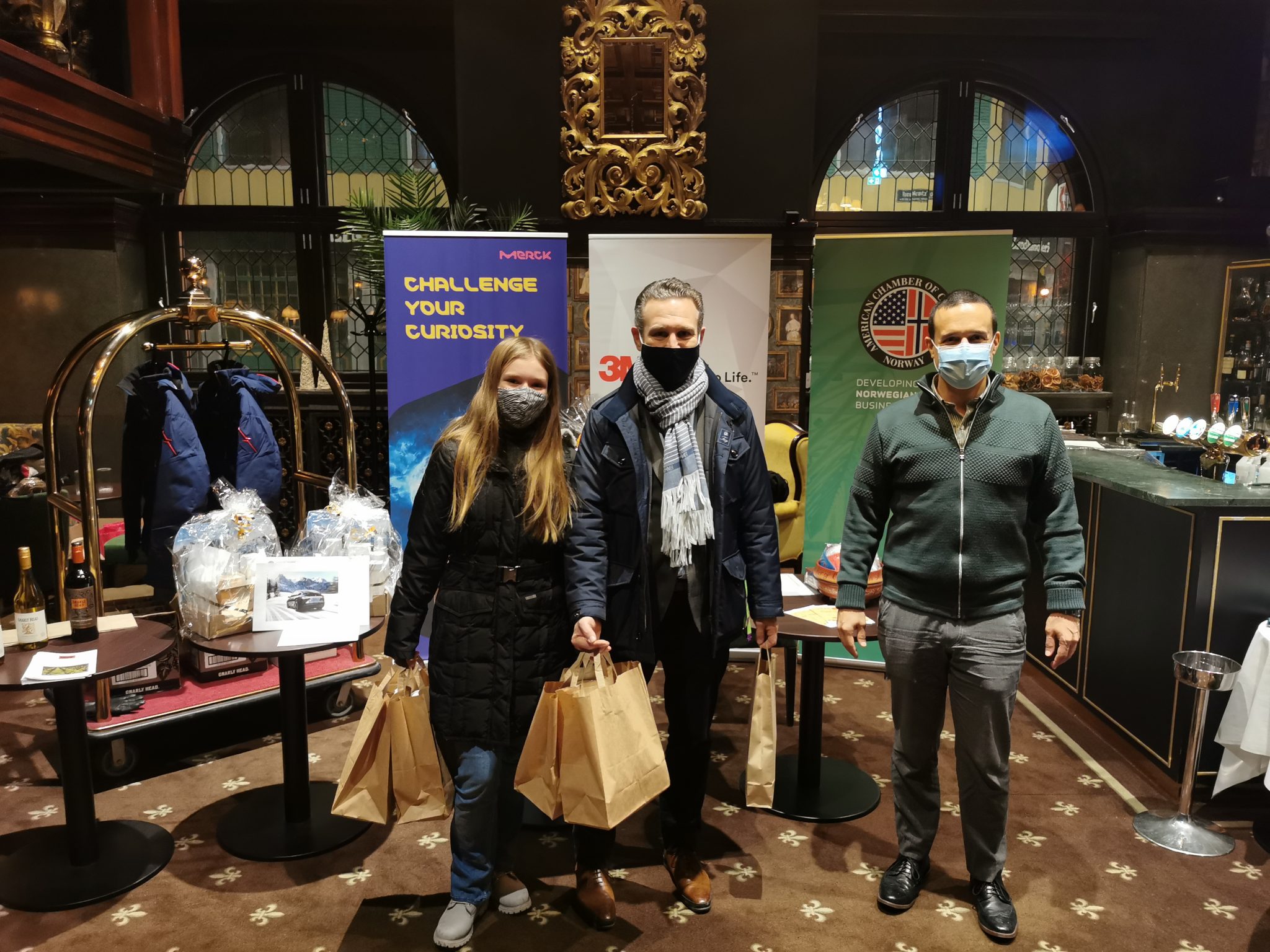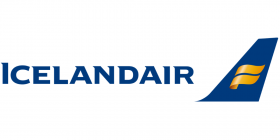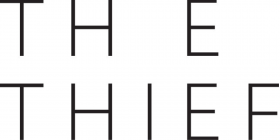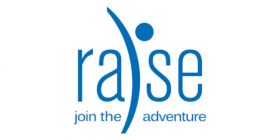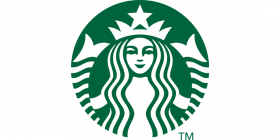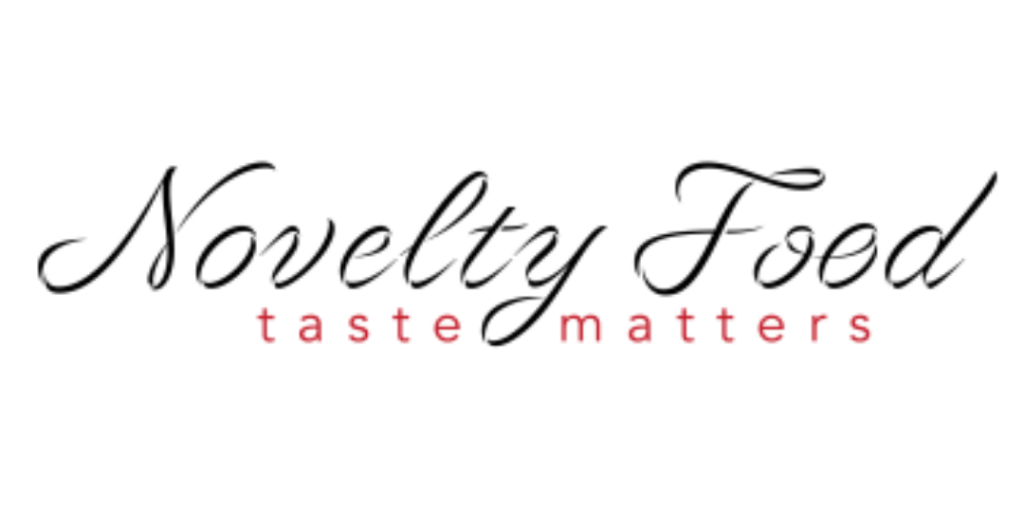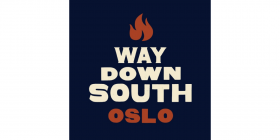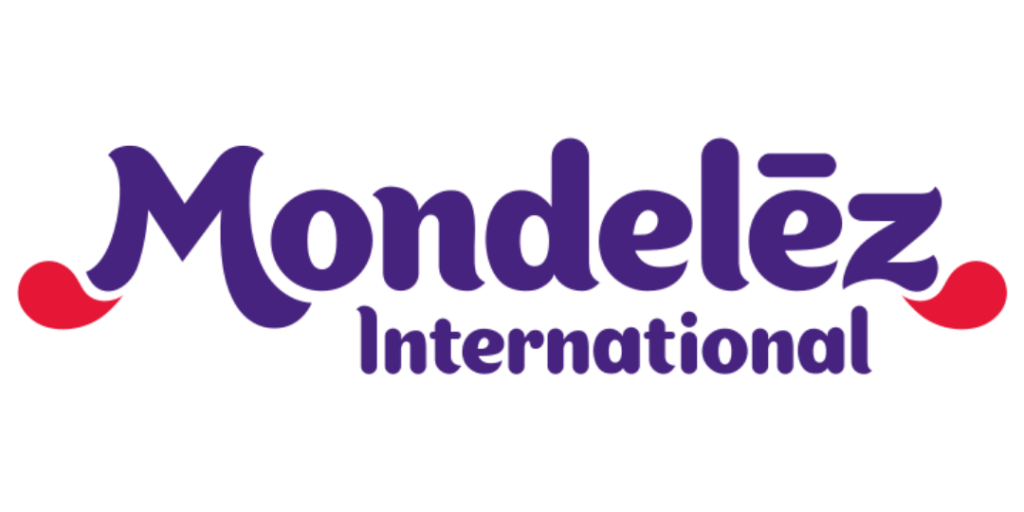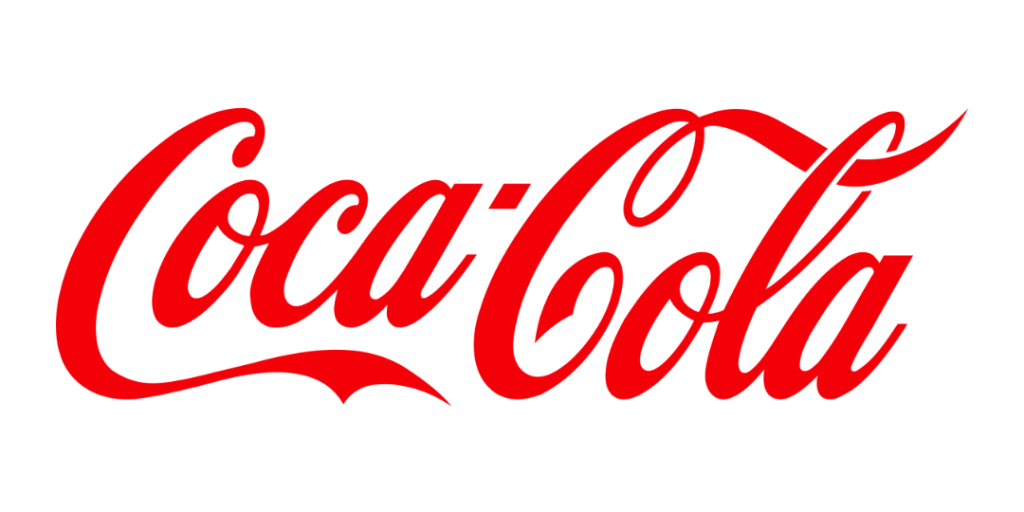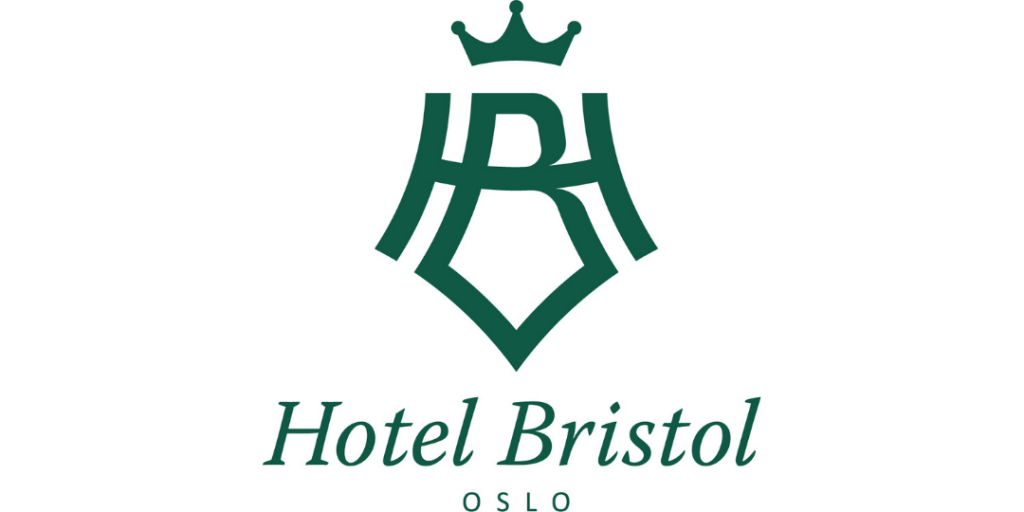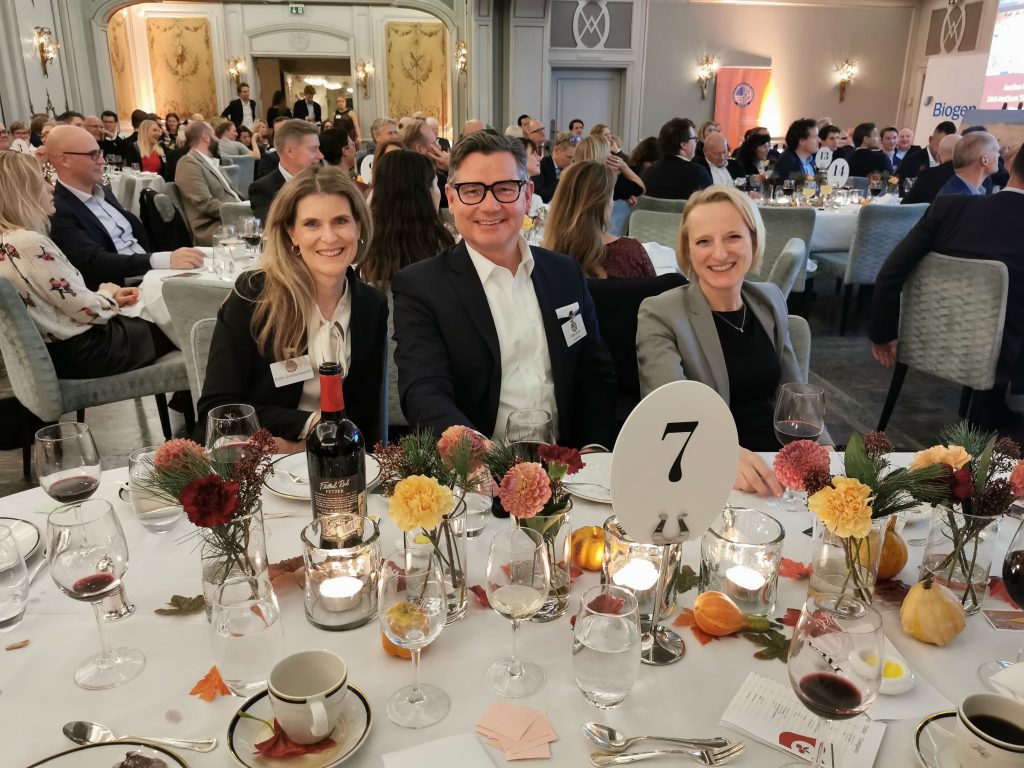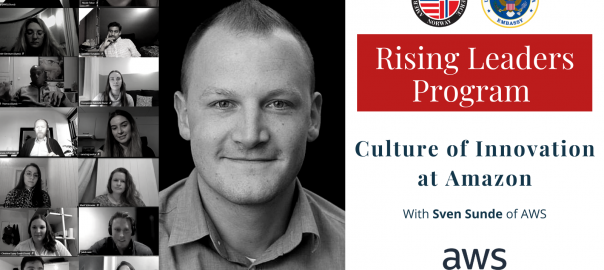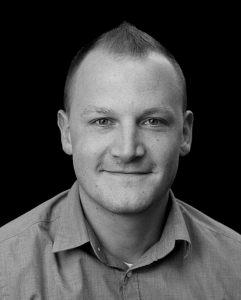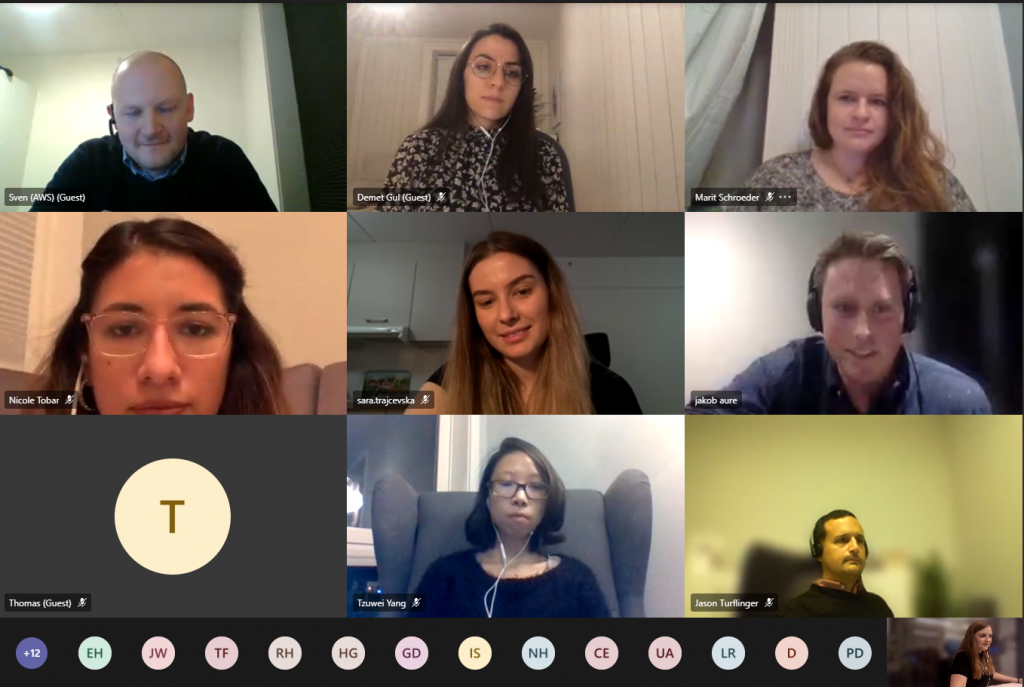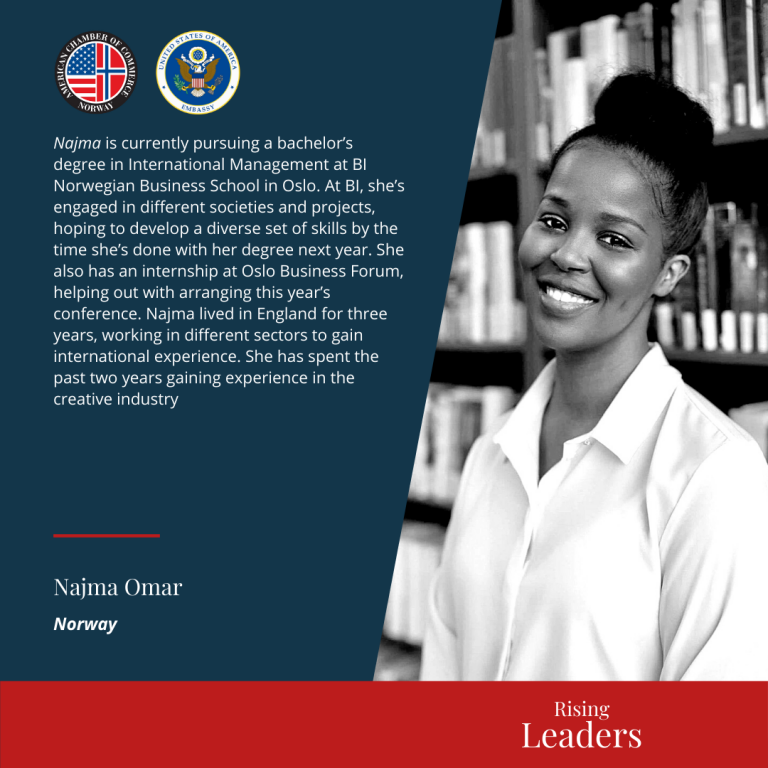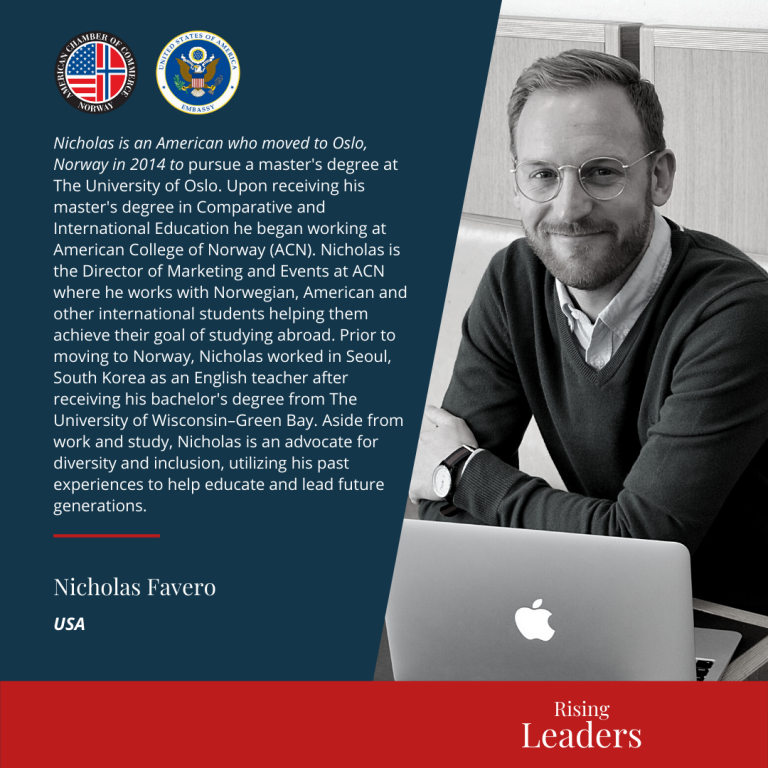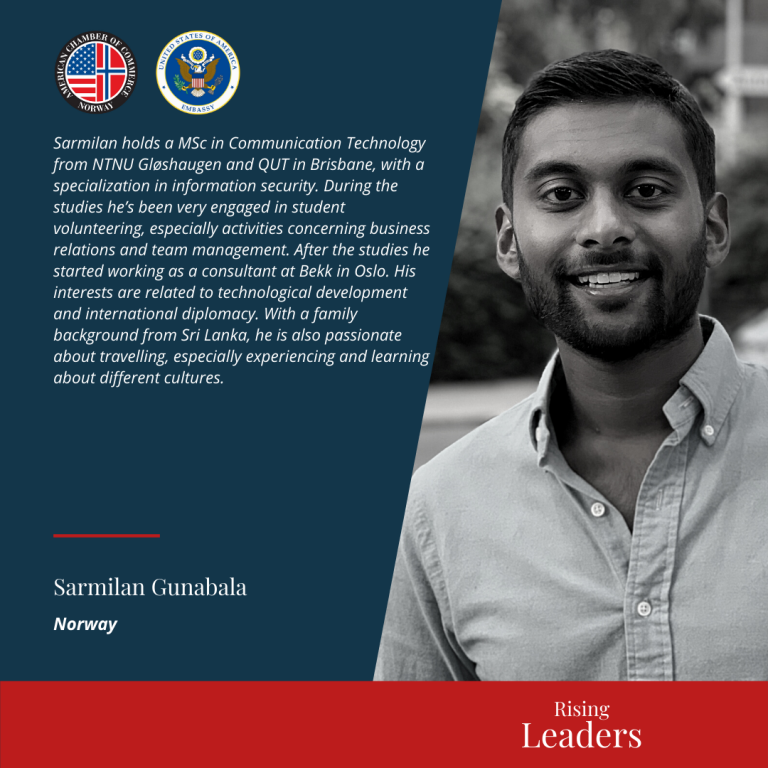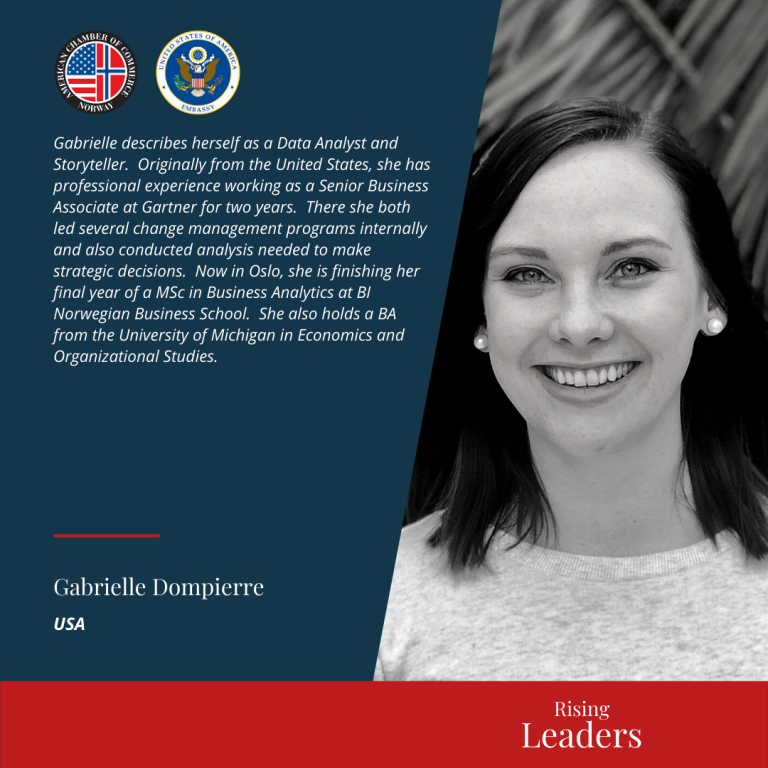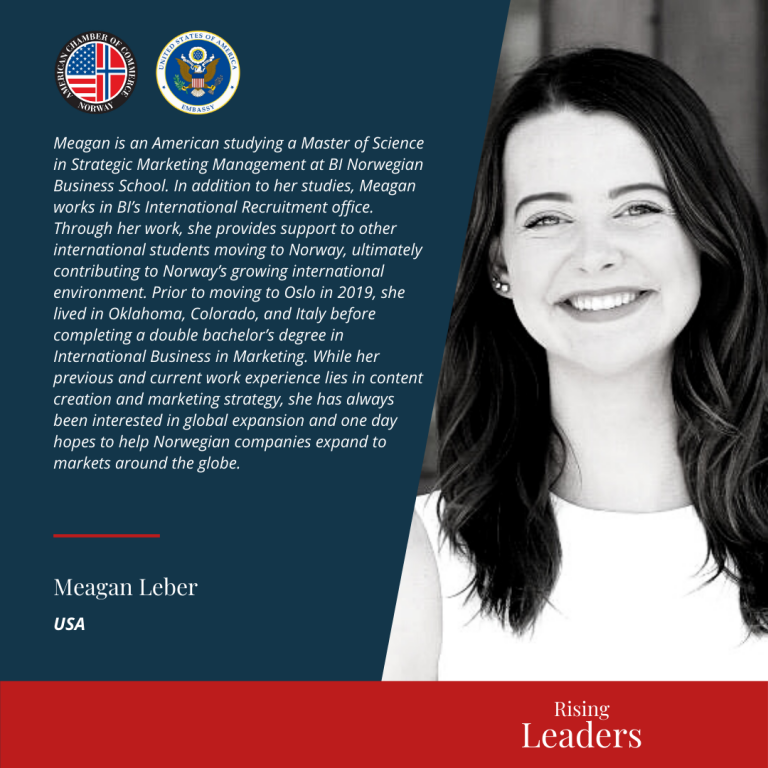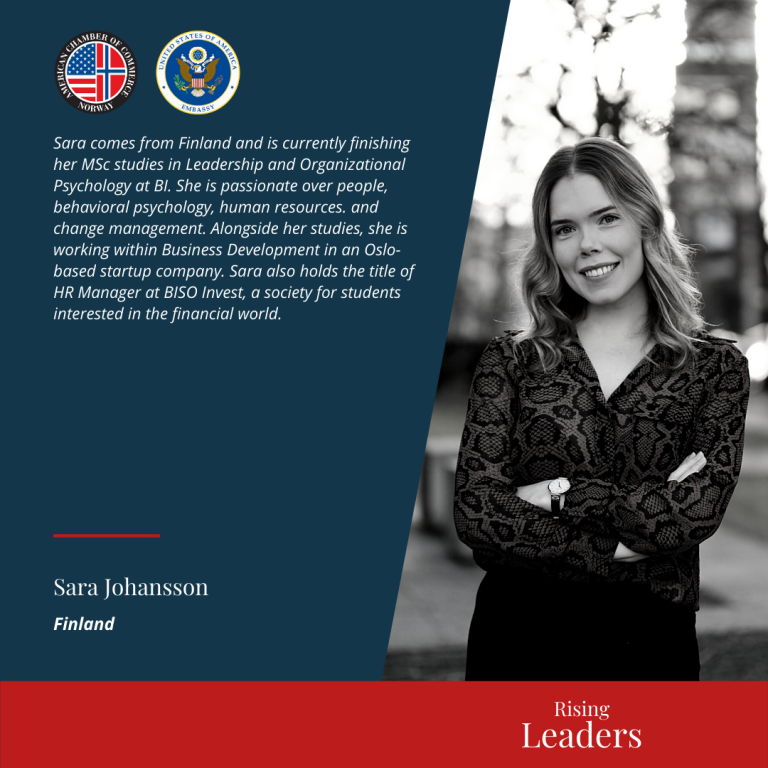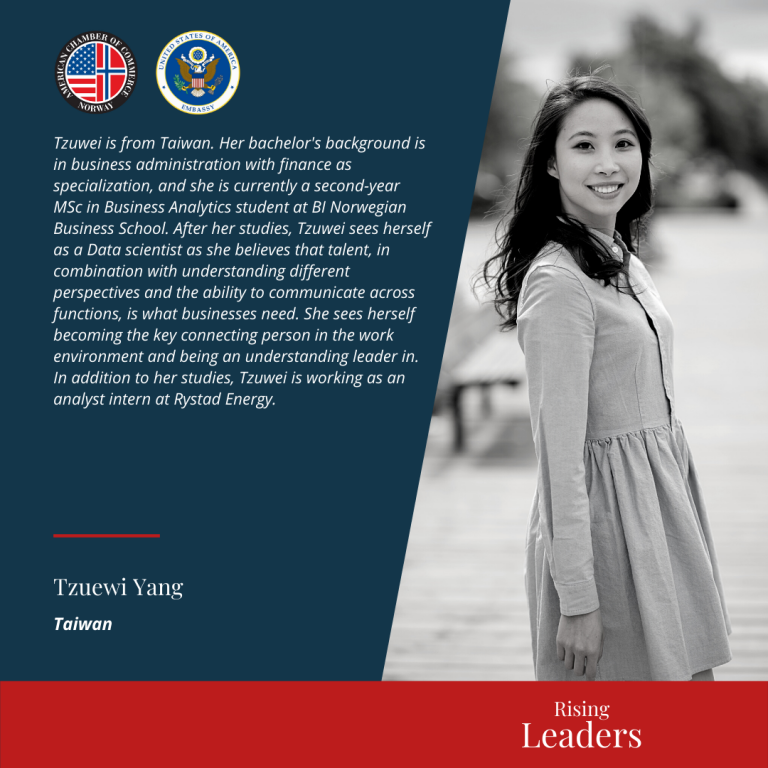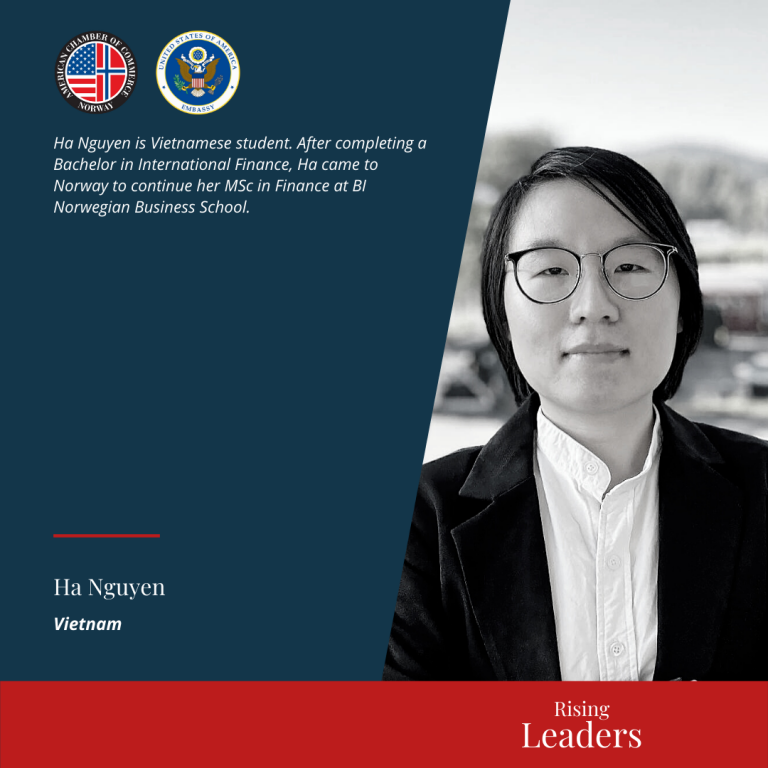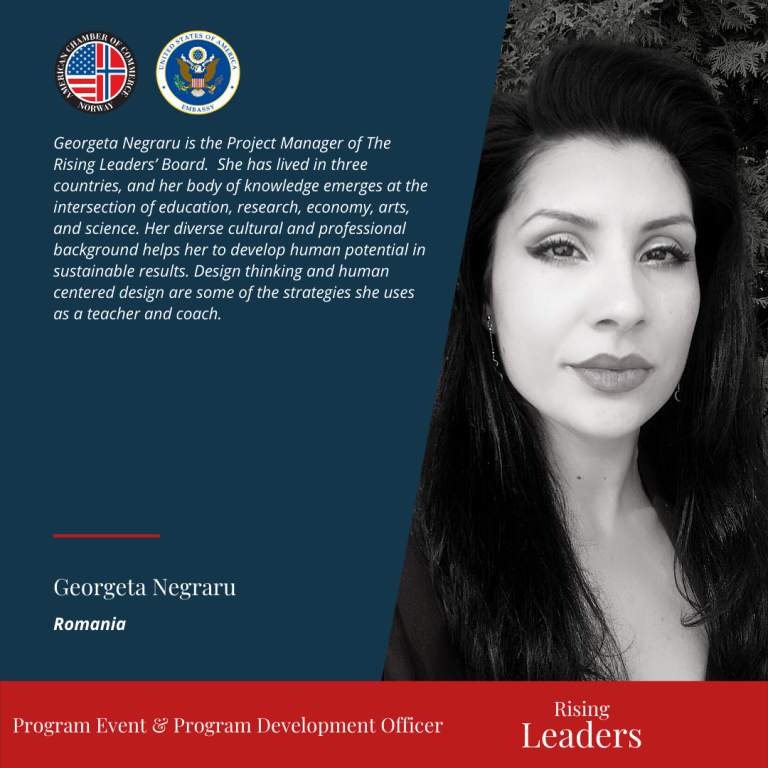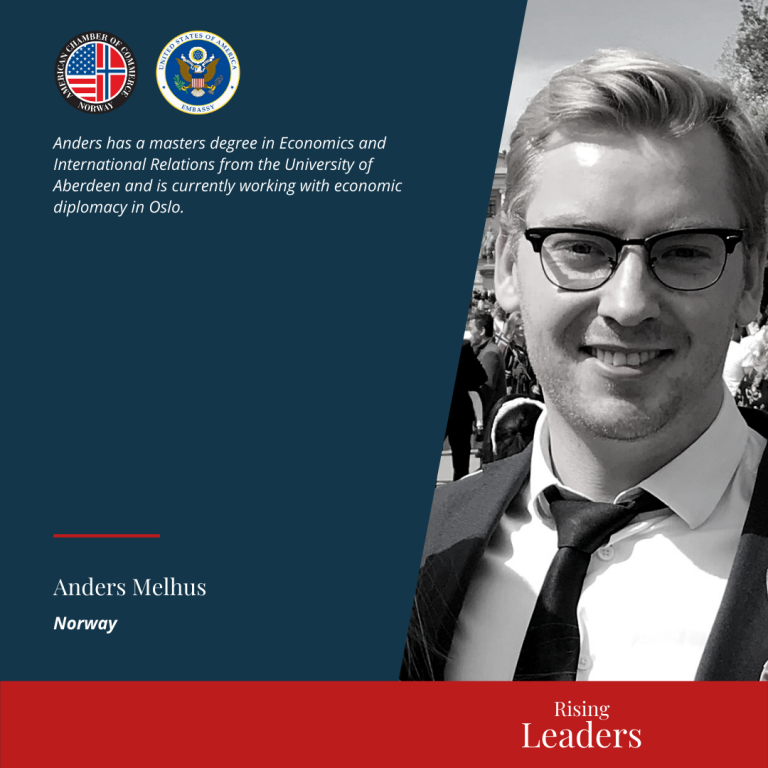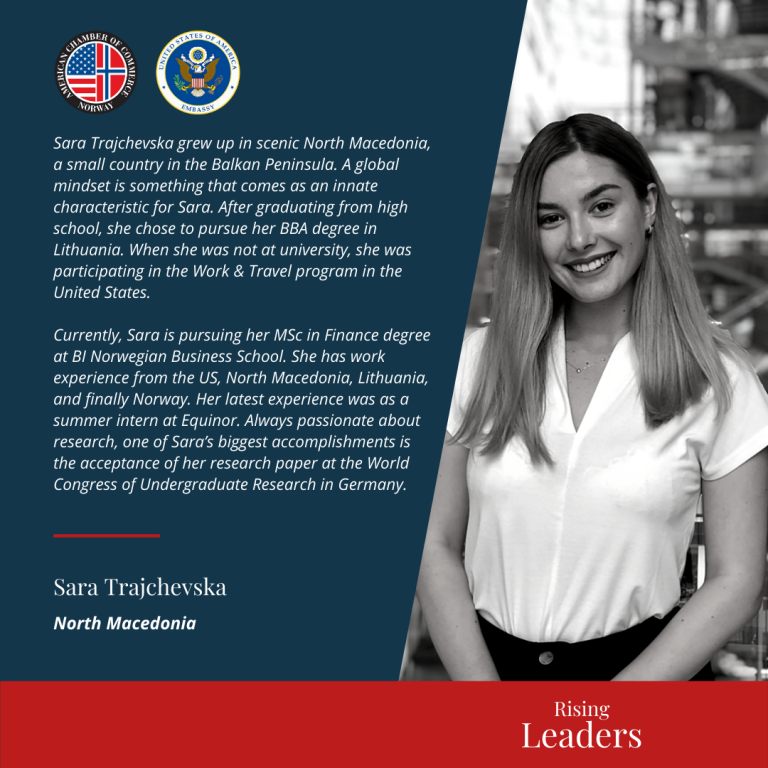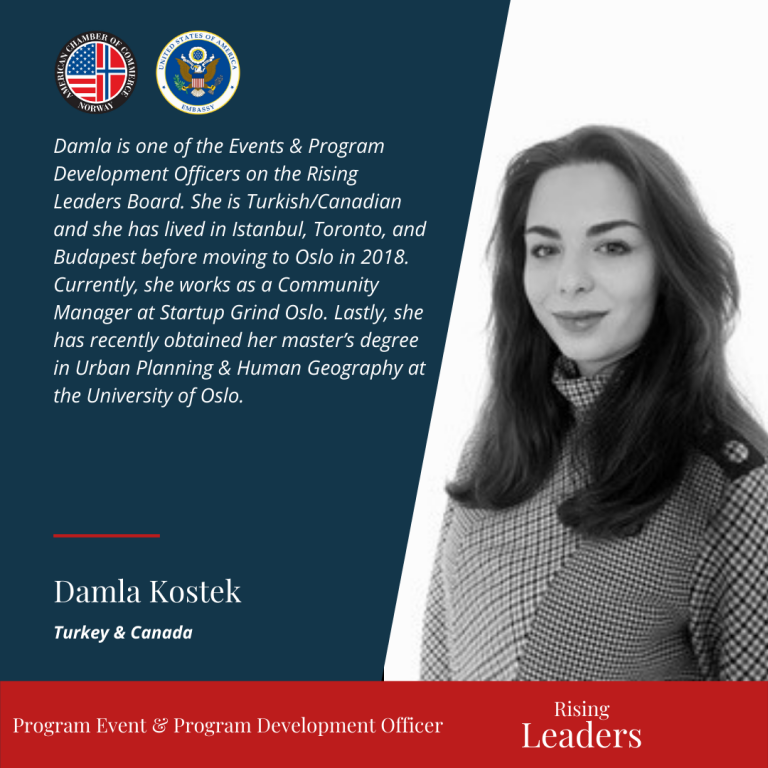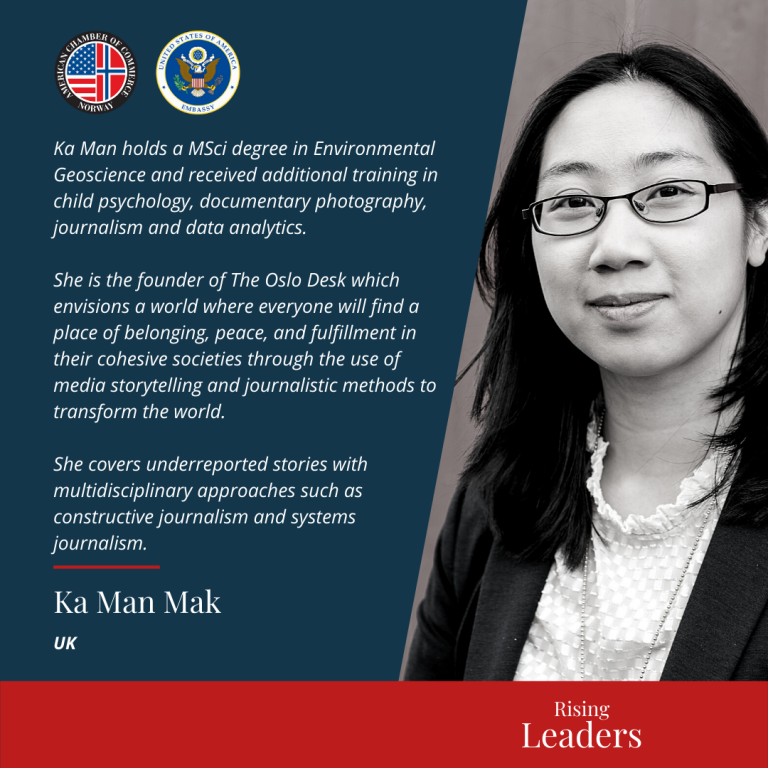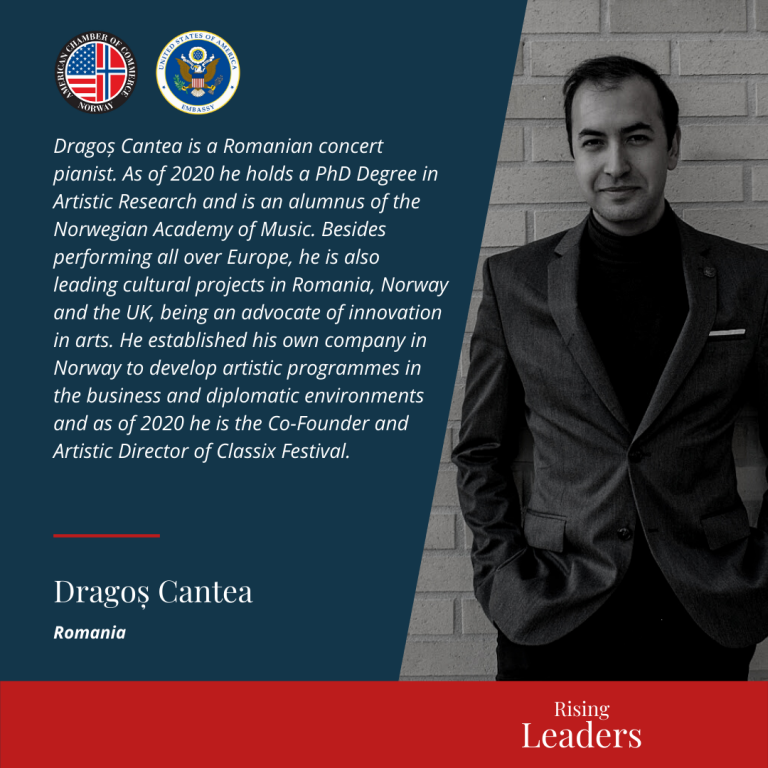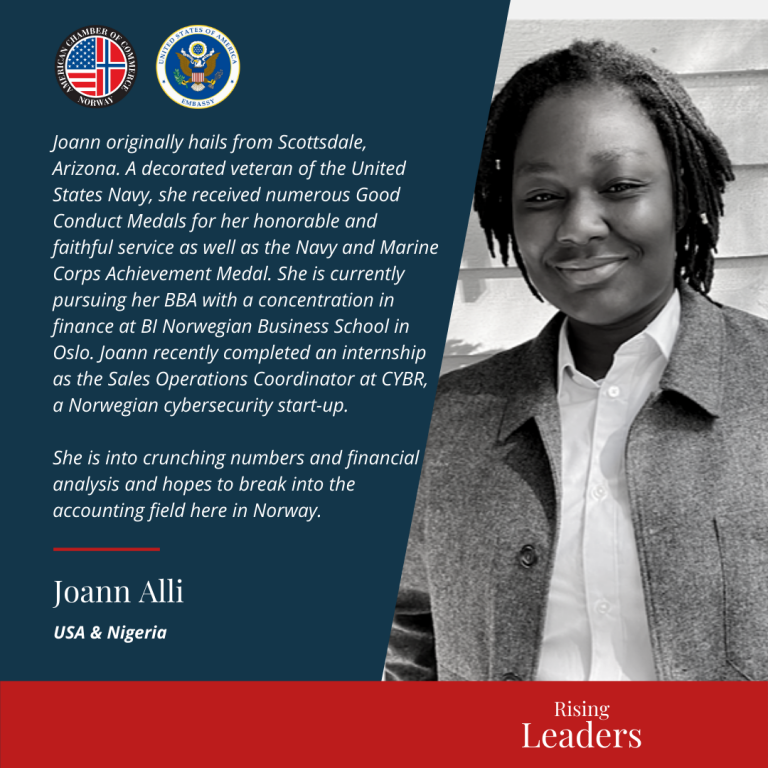Cambi er kanskje Norges beste eksempel på sirkulærøkonomi i praksis. Det har de drevet med i årtier før begrepet ble tatt i bruk
Det er over 30 år siden det norske teknologiselskapet Cambi ble etablert for å behandle kloakk med termisk hydrolyse. Først het de Glommen Skog og så endret de navn, først til Kambi i 1992 og så til Cambi i 1994. I dag er de verdens ledende på området og har levert 70 anlegg i 22 land fordelt på fem kontinenter.
Fra før har de anlegg som renser kloakken fra den amerikanske hovedstaden. Nå har de fått to ordre på to nye anlegg. Et i Maryland, sør for Washington DC, og et til byen Raleigh i North Carolina.
Når systemene er på plass, vil de to kommunene samlet redusere klimagassutslippene med om lag 21.000 tonn CO2-ekvivalenter i året. Det tilsvarer bilparken til en by på størrelse med Lillehammer – eller 15 000 bensinbiler.
Norsk finansiering
Den norske teknologien til Cambi har fått norsk finansiering til de to nye amerikanske anleggene. DNB har stilt opp med lån og GIEK – Garantiinstituttet for eksportkreditt, statens finansinstitusjon for å fremme norsk eksport, stiller to produksjonslånsgarantier på til sammen 65 millioner kroner.
Produksjonslånsgarantiene sikrer Cambi nødvendig arbeidskapital for produksjon og levering av anleggene som skal tilpasses de eksisterende renseanleggene.
– Lånet fra DNB, med garantier fra GIEK, er en viktig ny utvikling som gir oss den støtten vi trenger for å nå våre eksportmål internasjonalt, sier Eirik Fadnes, daglig leder i Cambi Group. Han ser frem til mange flere slik norsk finansiering av prosjekter i fremtiden.
Utnytter kloakken
Prosessen til Cambi får de biologiske cellene som omfatter bakterier og virus i kloakken til formelig å eksplodere ved hjelp av oppvarming og trykkfall. Varmen og den plutselige nedbrytingen steriliserer avfallet, men gjør også celleinnholdet tilgjengelig for videre biologisk behandling.




